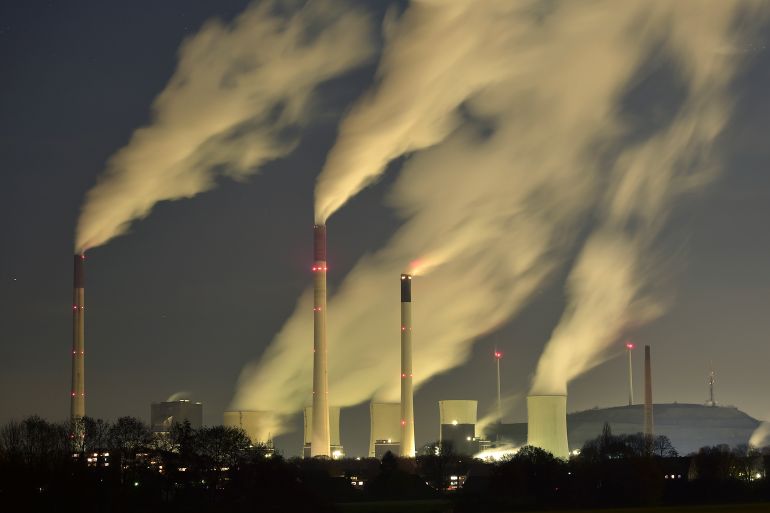What the latest IPCC science says about climate change
COP27 delegates will be relying on UN climate science agency studies to make decisions about future energy plans.

At the COP27 conference in Egypt, delegates will be relying on decades of scientific research published by the UN climate science agency to sway decisions about future energy plans and global warming trajectories.
The Intergovernmental Panel on Climate Change (IPCC) produces reports roughly every five years that represent a global scientific consensus on climate change, its causes and its impact. Last year’s report tackled the main drivers of global warming and the core elements of climate science.
That was followed by two major reports this year – one in February addressing how the world will need to adapt to climate impacts, from rising seas to dwindling wildlife, and another in April on ways for “mitigating” or reining in climate-warming emissions.
Here are some of the key takeaways from those reports:
The science report
- Last year’s report on the physical basis of climate change pulled no punches, stating unequivocally that humans are to blame for rising temperatures.
- It also warned climate change was already dangerously close to spinning out of control.
- Once-rare weather extremes are becoming more common, and some regions are more vulnerable than others.
- For the first time, the report’s authors called for urgent action to curb methane. Up to this point, the IPCC had focused on only carbon dioxide, the most abundant greenhouse gas.
- With time running out, the authors said it was worth looking into the benefits and drawbacks of geoengineering, or large-scale interventions to shift the climate, such as injecting particles into the atmosphere to block out solar radiation.
- The report warned the world’s nations, including the wealthy ones, that everyone needed to start preparing for climate impacts and adapting to a warmer world.
The adaptation report
- News of Russia’s invasion of Ukraine eclipsed the release in February of a seminal report on how the world should prepare for a warmer reality.
- With climate change already fueling extreme weather worldwide, the report urged rich and poor countries alike to adapt to impacts including more frequent heatwaves, stronger storms and higher sea levels.
- The report made clear that different regions face different risks and impacts, and offered localised projections for what to expect.
- Millions of people face poverty and food insecurity in coming years, as climate change hits crops and water supplies and threatens to disrupt trade and labour markets.
- The daunting forecast for the world’s poor reignited calls for a “Loss and Damage” fund through which rich nations would compensate poor countries for costs incurred dealing with climate-fueled disasters – a key demand by vulnerable countries going into the COP27 talks.
The mitigation report
- It’s “now or never”, one report co-chair said in releasing findings that show only drastic emissions cuts in the next few decades would keep warming from spiralling out of control.
- The report teased out how various emissions scenarios would likely translate into future temperature rise.
- Cities are a big part of the emissions problem, it said, but also a major source of hope and positive solutions.
- The energy transition to renewable sources and clean-burning fuels is moving too slowly.
- The report also urged strong climate action in agriculture, where farming methods and better forest protection could help curb emissions.
- It warned that climate change threatens economic growth and for the first time highlighted the need for action at the individual level, calling on governments to pass policies to change consumer and transportation habits to encourage less waste and more efficiency.